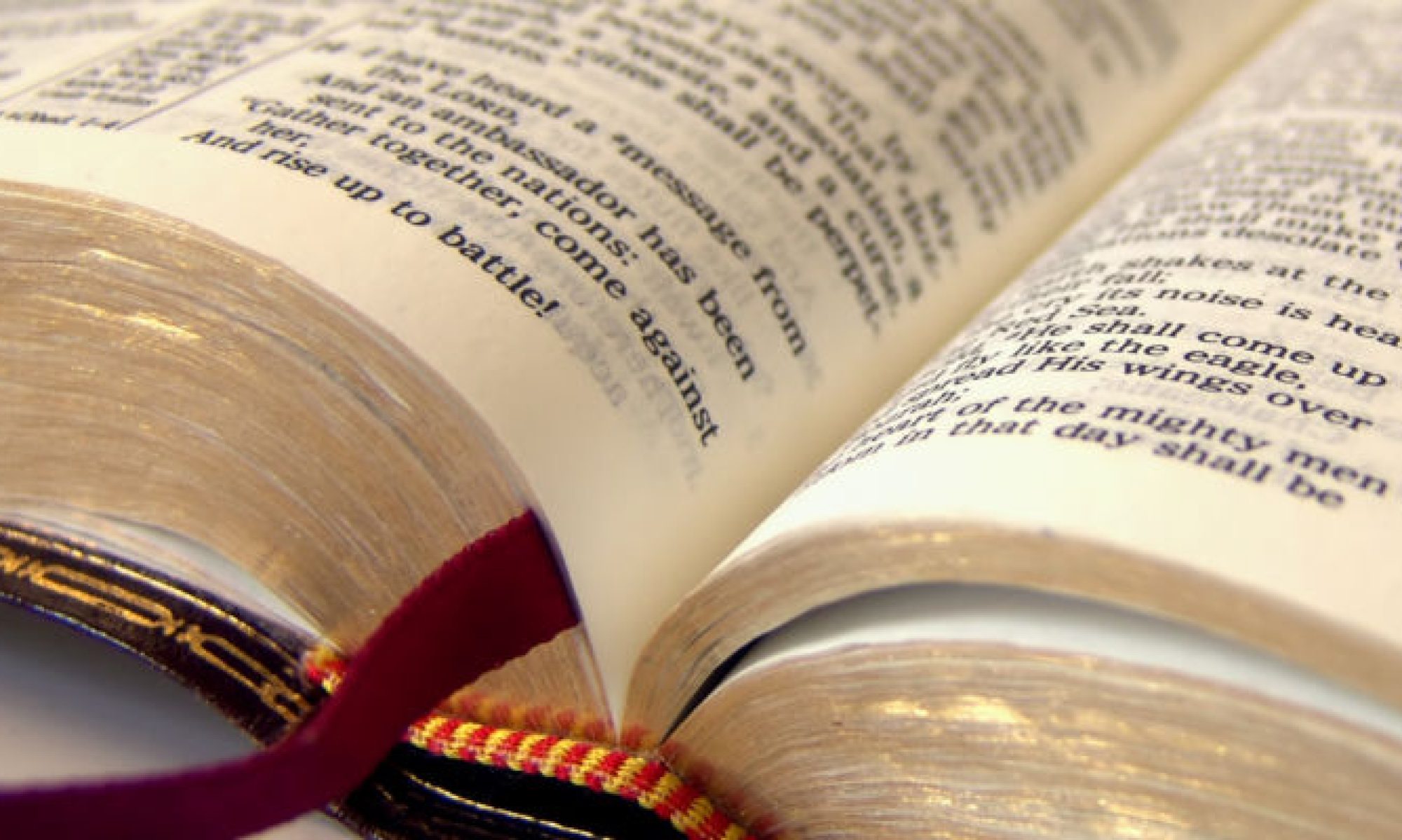Brothers and sisters,
As I’m writing this article, our church is preparing for our Trunk-or-Treat this Saturday, October 30 (from 4:30-6:30 if you’re reading this ahead of time and want to come!). There is candy in the office. There are pumpkins and scarecrows scattered around the church. There is a wonderful chill in the air and the trees are at this wonderful stage of half-green, half-turned leaves. It feels like the week of Halloween. It feels like something fun and exciting is coming!
I mentioned in an earlier Illuminator article that I love fall and everything that comes with it. In particular, I enjoy Halloween. I love the feeling of mystery and suspense that comes with the holiday. I love the mischief in the air. I love to read some ghost stories and watch a scary movie. But I also love some of the themes that come along with Halloween. It is a holiday that brings up the ideas of life and death. It reminds us that there is still mystery and wonder in our world. And it also can remind us of the communities to which we belong. Over the last few years, I’ve taken an interest in the history of Halloween, particularly where some of the traditions of the holiday come from. Perhaps the most famous tradition, I would argue, is trick-or-treating.
Interestingly, scholars are not sure where exactly trick-or-treating came from. There are some traditions from hundreds of years ago that might be the origin, but those were more focused on cakes and singing hymns. Some say that it comes from concerned homeowners trying to appease pranksters, i.e. “I’ll give you a treat if you don’t play a trick on me.” But most scholars seem to think that trick-or-treating came about during the Great Depression, when money was tight for families all over the country. Their children still wanted to celebrate Halloween and have a night of fun, but not everyone could afford to provide big meals for their own families all on their own. So, neighbors each agreed to make one little treat that they would pass out to any children that came by their door. That way, even though individual households did not have much, the neighborhood could come together to bless their children.
To me, that’s a wonderful way to look at a holiday like Halloween—as a community-driven effort to care about our neighbors. It is a holiday on which we can provide a small blessing to our neighbors, our friends and families, and even complete strangers. It is a time of the year in which we can remember that we are called to be in an authentic community with people, finding creative ways to love them. Halloween can serve as a time of year when we think back to the communities that came before us and shaped us, to the communities that loved us—and be thankful. It can serve as a time of year to bless those around us. And it can serve as a wonderful reminder that those children coming to our doors (or our trunks this Saturday, October 30 from 4:30-6:30 in the church parking lot!), will remember the time that total strangers cared for them. They will remember the time when church people loved them and gave them candy. So, let’s take this opportunity to bless them. Let’s come together and show our community how much we care. Happy Halloween, y’all!
Grace and peace,
Pastor Ben

